Avid AppleInsider readers will notice that our little 2008 hardware roadmap — published back in August and reprinted below — has thus far panned out quite nicely, clearing the way for new iMac models to edge their way to market sometime in the next four weeks.
People familiar with the company's plans have said changes to the iMac family will largely consist of performance improvements and technology refreshes. And while there's admittedly been few concrete details to go by since the August report, this week's notebook overhauls offer a window into the future of the iMac line, which sports an architectural resemblance to the MacBook lines.
CPU
While the processors used in the existing iMacs largely resemble those of Intel's current Montevina-based offerings, they're actually a special run of the chipmaker's Santa Rosa-based offerings developed at Apple's request. They operate at high clock speeds and support a faster 1066MHz bus versus the 800MHz of the Santa Rosa-based parts that were available to the broader market at the time.
Since then, Intel has unleashed its Montevina (Centrino 2) platform, which umbrellas new Core 2 Duos that are shipping inside the new unibody MacBooks, and are destined for the fall iMac line at clock speeds close to those currently available.
Intel has also been working diligently on quad-core mobile chips that should eventually find their way into iMacs, especially around next year's release of Snow Leopard; the operating system will include Grand Central technology designed to leverage Macs with an increasing number of processor cores.Â
As it stands, the chipmaker currently offers a quad-core 2.53GHz Core 2 Extreme mobile processor that sports a similar thermal envelope to the special run 3.06GHz Core 2 Duo employed by the existing top-of-the-line iMac. With its $1000+ price tag, however, Apple may be hesitant to use the chip even if there doesn't appear to be anything else stopping the firm from adopting the chip this year for a high-end iMac.
DisplayPort
Processor performance aside, Tuesday's MacBook introductions hinted at a couple of other technologies that should find their way into iMacs. The first is DisplayPort, a new royalty-free, digital audio/video interconnect that chief executive Steve Jobs noted would be built into every suitable product Apple develops.
"This is what we're going to for all video out on all of our products. It's pretty outstanding," he said during Tuesday's event. "We can do everything [a full-size DVI] connector can do and more — including driving 30-inch displays — out of something a fraction of its size. Now the new industry standard Mini DisplayPort. We're building it into everything we make."
Graphics
The other potential but less certain technology advancement would be a move towards more of NVIDIA's latest graphics technologies. The Mac maker is clearly impressed by the chipmaker's latest offerings.
"We said 'this is fantastic'," Jobs said of NVIDIA's pitch to Apple months ago regarding a next-generation part that initially combined the chipset with a powerful embedded graphics processor for desktop systems, not notebooks.Â
Apple currently offers an ATI Radeon HD 2400 or 2600 paired with an Intel chipset as the baseline offering in existing iMacs. Â An NVIDIA GeForce 8800 GT is listed as a $150 build-to-order option.
It's possible Apple could use the same or a related NVIDIA controller in the iMac that it enthusiastically demonstrated in the new MacBook lines.
Apple to speak on Tuesday
The next time we hear from Apple will be on Tuesday, when the company holds a conference call with analysts and members of the media to discuss the results of its fourth fiscal quarter of 2008 and announce how many iPhone 3Gs were sold during its first three months on the market.Â
 AppleInsider Staff
AppleInsider Staff
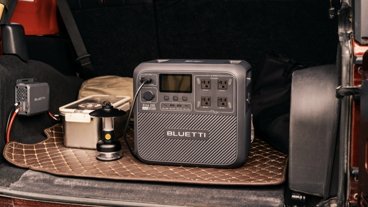

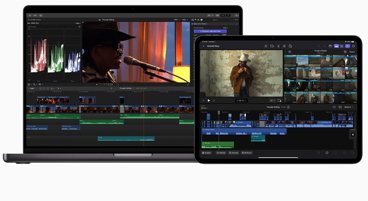



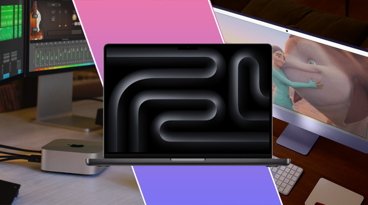







 William Gallagher
William Gallagher
 Malcolm Owen
Malcolm Owen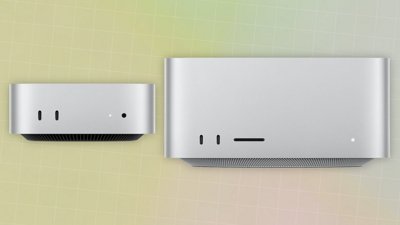
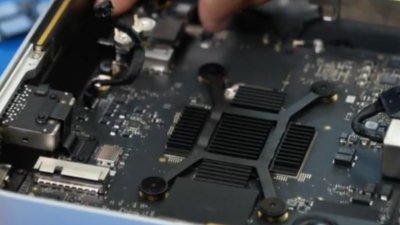
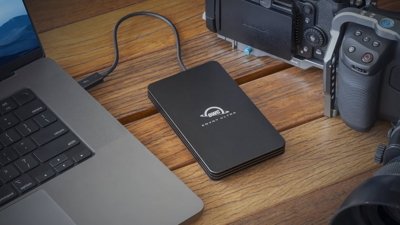


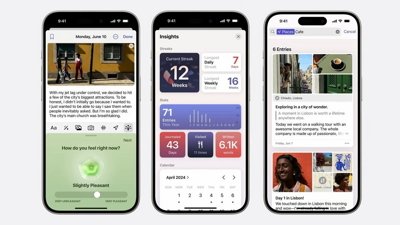
 Charles Martin
Charles Martin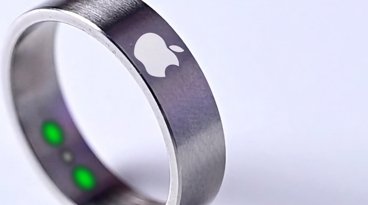
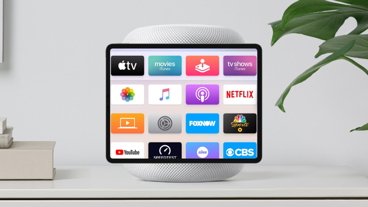
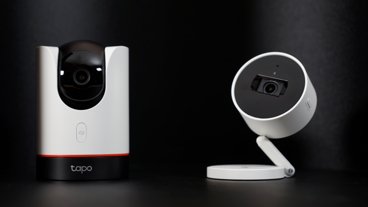






183 Comments
Let me be the first to ask. What about the Mac Minis? I see no mention of them.
Let me be the first to ask. What about the Mac Minis? I see no mention of them.
Oh they'll be getting displayport too, don't you worry.
.... When are we going to see a Mac Pro update that doesn't cram everything into the "long in the tooth" PowerMac G5 case?
So with Display Port are we going to see the back of the Mac Pro's graphics cards feature it too? That doesn't really seem that cost effective when no one else is featuring it.
Come to think of it, how did Apple manage to make that iMac face/frame without having to resort to hollowing out a solid block, and why didn't that carry over to the new "unibody" notebook chassis design?
.... When are we going to see a Mac Pro update that doesn't cram everything into the "long in the tooth" PowerMac G5 case?
Crammed? It seems like they did a pretty good job with it. There isn't anything in there that makes me think that it's a kludge.
I don't think there is anything preventing ATI from releasing an updated 37xx or 47xx based board with DP.